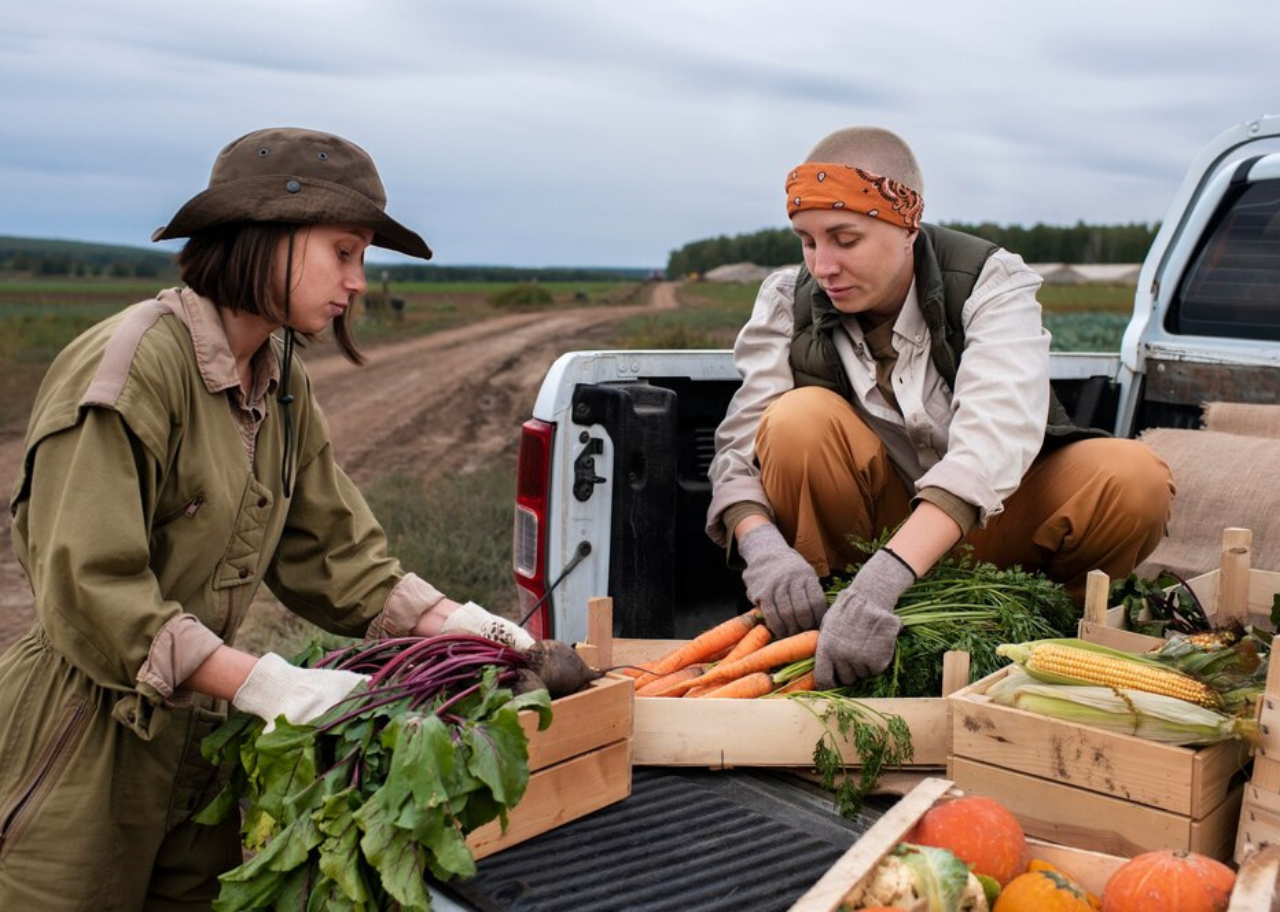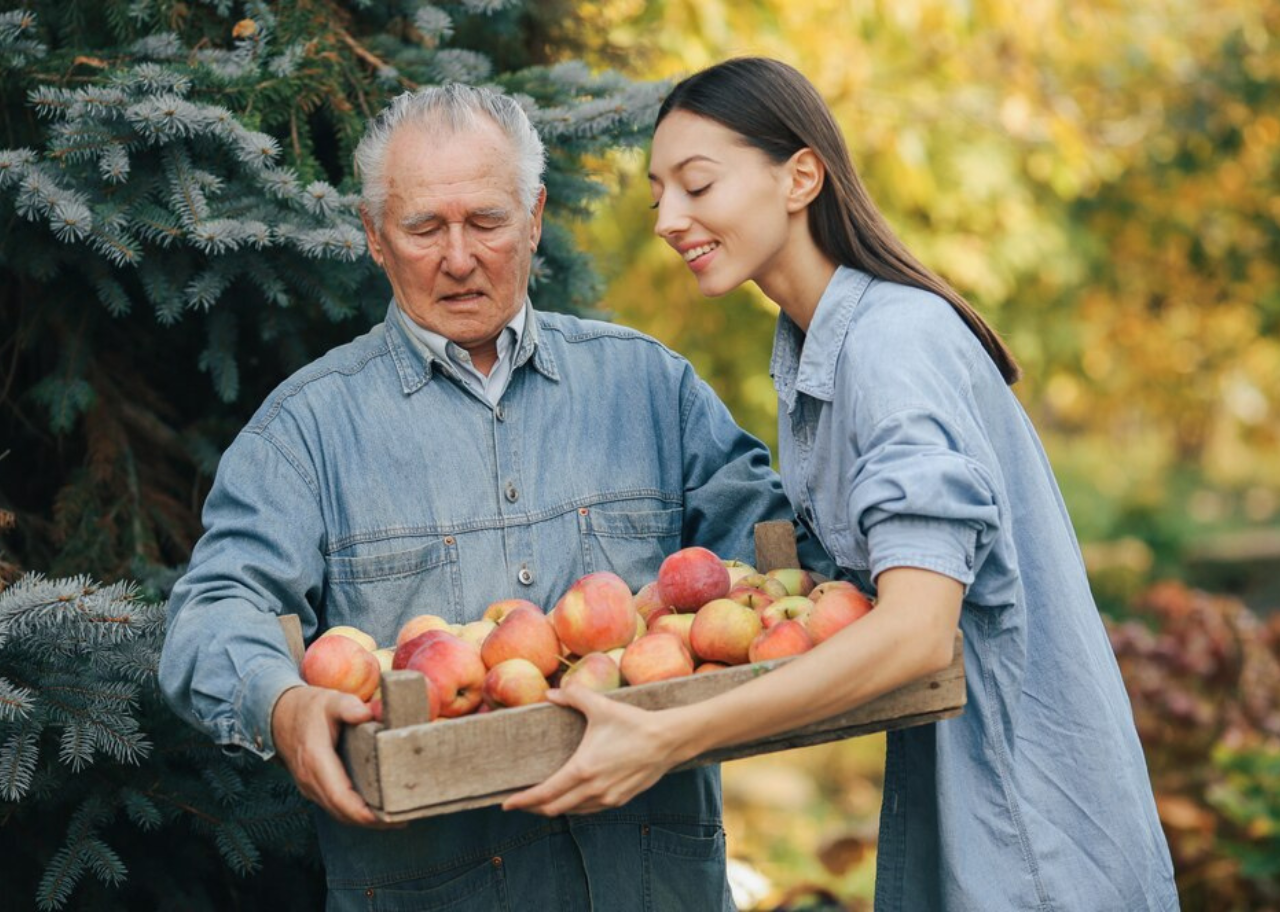Post Harvest Loss Reduction
Post harvest losses refer to the decrease in the quantity or quality of food produced between the time of harvest and its consumption or sale. These losses are a significant issue in the global food supply chain, contributing to food insecurity, waste and economic loss. Reducing post harvest losses is crucial to improving food security, increasing farmer incomes and minimizing environmental impact. Proper harvesting methods are essential for minimizing post harvest losses. Using the right tools and techniques to handle crops gently reduces physical damage, which can lead to spoilage.
Key Strategies Of Post Harvest
- Efficient Sorting and Grading of Fresh Produce
- Optimal Storage and Temperature Control Systems
- Minimizing Waste through Food Recovery Solutions
- Improved Packaging Techniques to Extend Shelf Life
Optimizing Post Harvest Processes
Post-harvest practices play a vital role in maintaining the quality and value of crops after they are harvested. By employing advanced techniques such as efficient handling, temperature control, and sustainable packaging, farmers can significantly reduce losses and preserve the nutritional value of produce. Proper post-harvest management also extends the shelf life of products, ensuring they reach consumers in peak condition.
Post Harvesting Management Values
Post harvest management focuses on preserving the quality and value of harvested crops, ensuring they reach consumers in the best condition. Core values include reducing food waste, improving shelf life and enhancing the marketability of produce. Techniques like proper sorting, storage, packaging and temperature control help reduce losses, maintain freshness and extend the life of agricultural products. These practices support food security, promote sustainability and increase the profitability of farmers. At its core, post harvest management values efficiency, sustainability and the responsible use of resources to minimize waste and maximize crop value.



